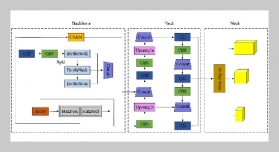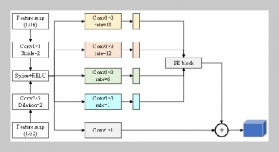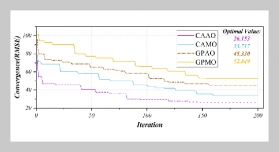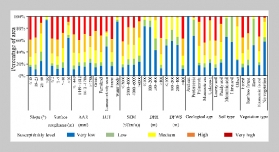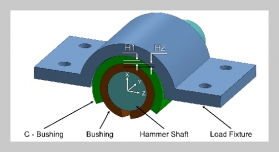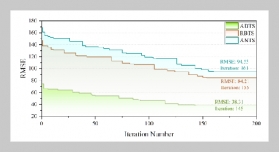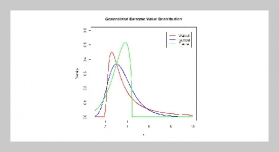Po-Jen Chuang This email address is being protected from spambots. You need JavaScript enabled to view it.1 and Chi-Wei Cheng1 1Department of Electrical Engineering Tamkang University Tamsui,Taiwan 251, R.O.C.
Received:
July 24, 2001
Accepted:
November 6, 2002
Publication Date:
December 1, 2002
Download Citation:
||https://doi.org/10.6180/jase.2002.5.4.07
Two distributed system problems, the file and task placement problem and the dynamic load balancing problem, are investigated in this paper. To find the placement of files and tasks at sites with minimal total communication overhead, we propose using the Simulated Annealing approach and multiple objective functions. Experimental results show that our proposed approach depicts superior performance with much less complexity over the previously introduced Genetic Algorithm approach. Dynamic load balancing is employed to equalize processor loads in a distributed system. It allows excessive tasks at a heavily loaded processor to be migrated to another processor with a light load during execution. To effectively lift up the acceptance rates for such task migration requests, we propose an efficient new scheme that yields much improved acceptance rates, followed by reduced unnecessary request messages and communication overhead, when compared with the standard sender-initiated scheme and the fairly complicated GA-based approach.ABSTRACT
Keywords:
Distributed Systems, Dynamic Load Balancing, File and Task Placements, Genetic Algorithms, Objective Functions, Request Acceptance Rates, Sender-Initiated, Simulated Annealing
REFERENCES



